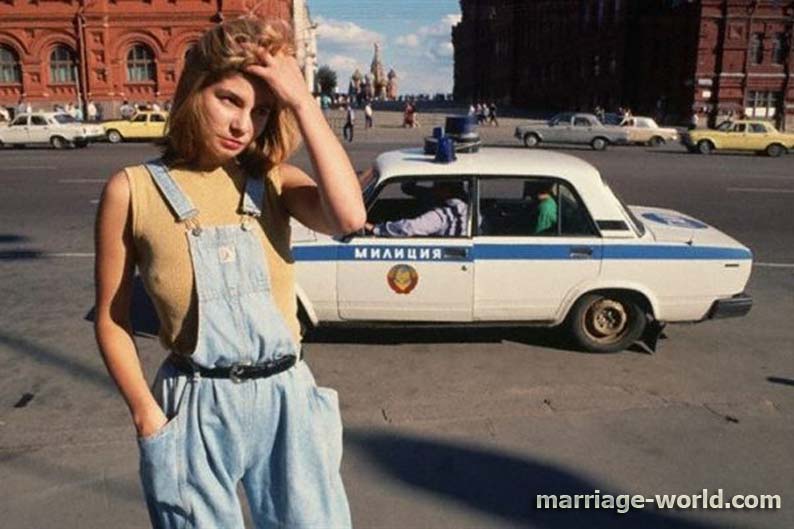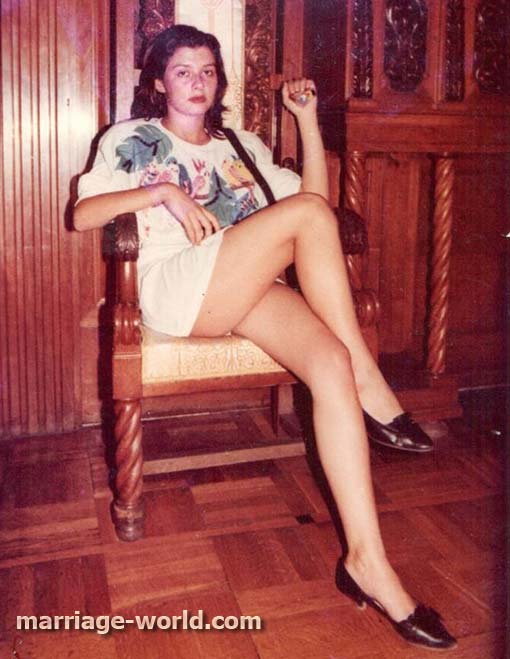Prostitutes in the USSR: Women who weren't there, but they were

Some Russian people say that the Soviet Union was a supernatural state where there was no sex. But that's certainly not the case at all...
Of course, prostitution existed in the USSR - it was just underground. In fact, the situation with it was something similar to the situation in other countries - men met the same needs as in the countries of the "Capitalist West". In Soviet Union it was just more complicated, expensive and unsafe ways.
Back in 1956, the Soviet Criminal Investigation Department had a very curious document, which was compiled by the operational workers of the 9th department, and which contained information about 600 prostitutes working in Leningrad (Current Saint Petersburg). It turned out that prostitutes find clients at railway stations, in city squares, and in expensive restaurants and cafes.
According to a study of Leningrad operatives, the very process of working prostitutes practically did not differ from the same in other countries - girls invited clients to their homes or a special brothel, most often located in the apartment of an old grandmother, who also had income from this. It was also possible to have sex in a taxi car (the driver was aware was leaving the car during the process) or even just in a quiet entrance, on the stairs or in a deaf yard (which in Leningrad was a lot).

The cost of prostitutes' services in the fifties was from 25 to 100 rubles, which in terms of post-reform money (after 1961) was from 2.5 to 10 rubles. A bottle of vodka in the USSR (before the war in Afghanistan) cost 2.87, a good lunch in a cafeteria would cost about 1 ruble, so count for yourself whether this service was cheap or expensive).
The most interesting thing in all of this is that prostitution in the Soviet law did not exist. There was no special article for prostitution. Instead, prostitutes were arrested in for all kinds of "collateral violations" such as drunkenness, noisy behavior, petty hooliganism, and others. In general, the situation here was not very different from other spheres of life in the USSR.
The raids on prostitutes were carried out not only by the police, but also by all kinds of "volunteer vigilantes," Komsomol detachments and "police assistance brigades". Often funny scenes of prostitutes getting into the police can be found in Soviet cinema of perestroika time.

An interesting stage in the life of Soviet prostitutes began around the early 1970s. According to criminologists, around these years there was a class of so-called "elite prostitutes" who worked with foreigners and got paid with Dollars. This business involved a whole infrastructure, including hotel management, which provided meeting places, restaurant managers (under whose protection were given reservations for tables), etc. Of course, all those involved received part of the prostitute's income.
Around the same years, the KGB realized that it would be a good idea to take advantage of this situation, after which many "elite prostitutes" serving foreigners started working for the KGB. The tasks were very different - they could order, for example, to get some information from a client, to follow someone, to make photocopies of certain persons or documents, and so on. Or they could just collect dirt on this or that person.
The link "prostitute - KGB" worked particularly hard during the few international events held in the USSR, such as the 1980 Olympics. During the Olympics, recruited prostitutes worked in Moscow hotels "Rossiya", "Metropol", "Intourist", "Belgrade", and also in the Kiev hotel "Rus".

A little bit about the hierarchy in this business. It appeared exactly in the Soviet years and does not differ much from the one that exists now. The upper echelon is, as it has already been said, "Elite Dollars prostitutes" who work at expensive hotels. The lower rank is ordinary ruble prostitutes, most often finding clients in restaurants and cafes and bringing them to their homes or brothels. In contrast to the "Elite prostitutes" these women often had additional income from prostitution.
The "lowest caste" was considered to be ordinary street, station or road prostitutes. They had the highest level of sexually transmitted diseases.
In the late eighties, with the beginning of perestroika, prostitutes became more courageous and open. Around this time, with the beginning of Glasnost (openness and transparency policy popularized by Mikhail Gorbachev), many magazines began to publish a lot of material about what used to be prohibited, including many funny materials about prostitutes.
